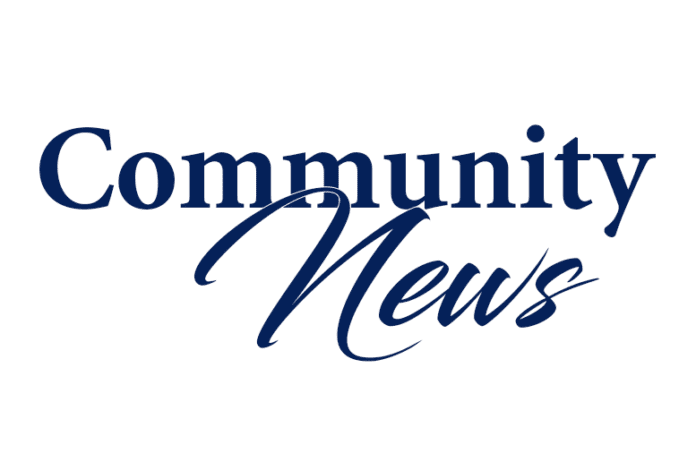PART 1
I was subbing last week at one of our elementary schools. Everyone knows each time I’m in class I look forward to learning something from both the teachers and students alike. Last week it was a teacher who moved me in a direction I have been before but put different lenses on me to see what she sees and feels everyday in the classroom.
Though we only spent an hour together, what she told me again validated the purpose and mission of my Student Success Project. I simply could not let go of what she said. We were talking about how parents enable students; which by now is an old story. However, she commented how parents actually DISABLE their kids when they do ENABLE them.
I thought that my Student Success Project Success Map covered all the bases in its 48 topics of conversation and character building. I like to think of it as “real life learning.” That one remark changed a lot for me. (Disable vs. Enable in future column) I have spoken with many teachers over the years with amazing commentary on the state of the classroom, b. But she opened another path of thinking for me.
So, I did what I do with interested parties and sent her the Success Map® for her opinion. Her response validated my stance on Her response had me again defending the teachers’ role in our kids’ lives and more important the realistic expectations we need to have of our teachers.
She said verbatim:
“I definitely see your vision and am supportive of it. It’s an awesome concept & mission I can get behind &I have been feeling/thinking the same way about things throughout my teaching career. Some years have been better than others and some have unfortunately been disheartening. I & it all comes back to the things you mention in the Success Map! As I mentioned before, I find myself TRYING to be a moral compass of sorts for my students, but often feel unsuccessful in doing so because/c of other factors out of my control and well duh, because/c I kind of have to TEACH them district material and can’t play counselor/psycho-therapist/family counselor all day. So it’s a catch-22 and has always been an inner struggle for me, since I love teaching and turning on light bulbs, but I also want to raise and send out good citizens in my students. SSP seems to encompass all this; b best of all, I’m not limited by the confines of curriculum content and test prep or diminished down to a number in a huge broken education system!”There ya go! That’s my piece of mind
I said: nothing because I was speechless.
I found myself once again grappling with the fact that yes, character education must be ingrained in the school day. But is it really the teachers’ responsibility to instill that in their students? I thought parents were supposed to do that and teachers build upon it during their time in class.
The “No Child Left Behind” educational initiative appears to have children who have been and continue to be left behind when it comes to developing character, morality, and ethics as standard behaviors.
The topic of values and ethics is mostly a foreign concept to many students, which is why I developed my Success Map.
The pressures of academic standards have pushed character education out of the school. NCLB demanded that all public schools achieve 100 percent proficiency in reading and math for each grade level by 2014, requiring schools to track and measure the academic achievement of every student.
Too bad that NCLBA didn’t demand the same in terms of discussing morality and ethics more often in the classroom.
This column is by Ritchie Lucas, Founder of The Student Success Project and Think Factory Marketing. He can be reached at 305-788-4105 or via email at ritchie@thinkfactory.com and on Facebook and You Tube as The Student Success Project.






